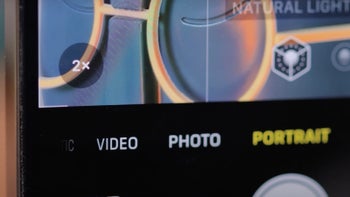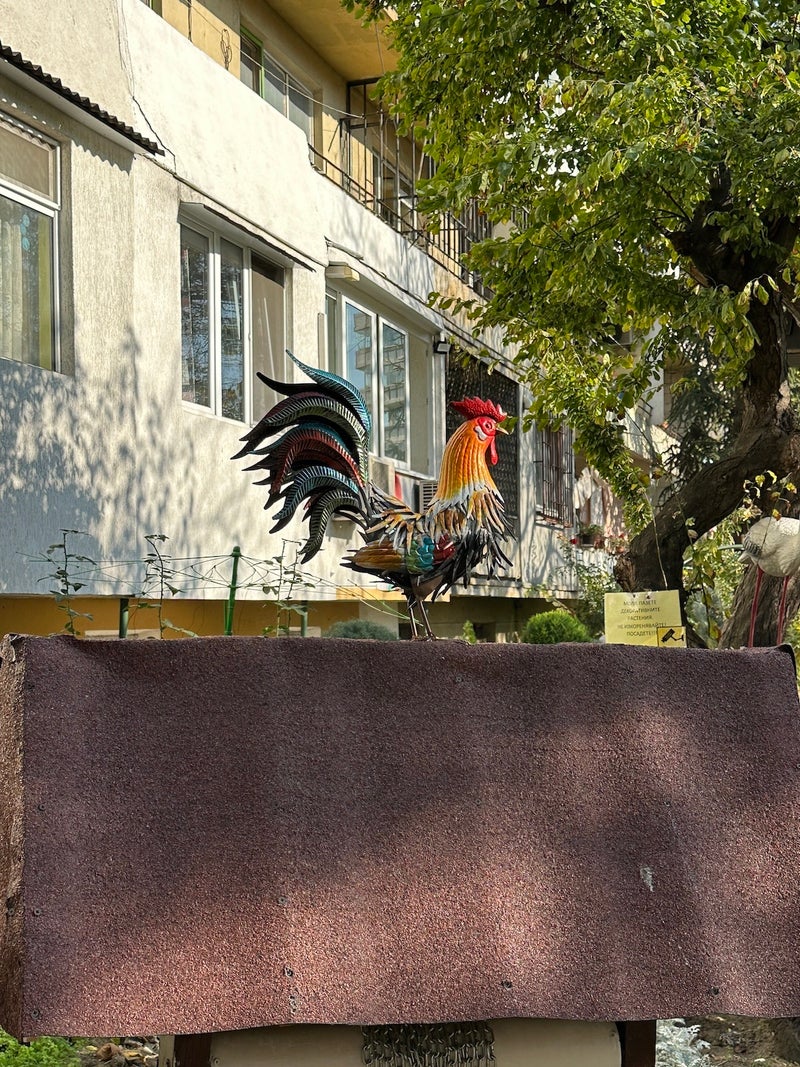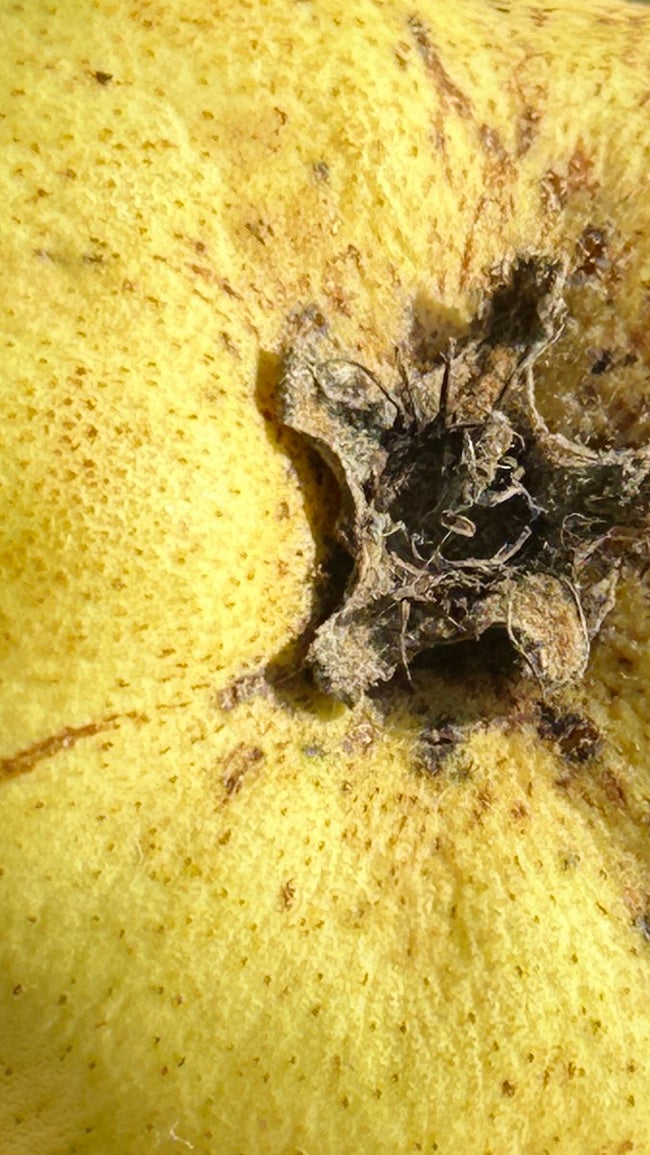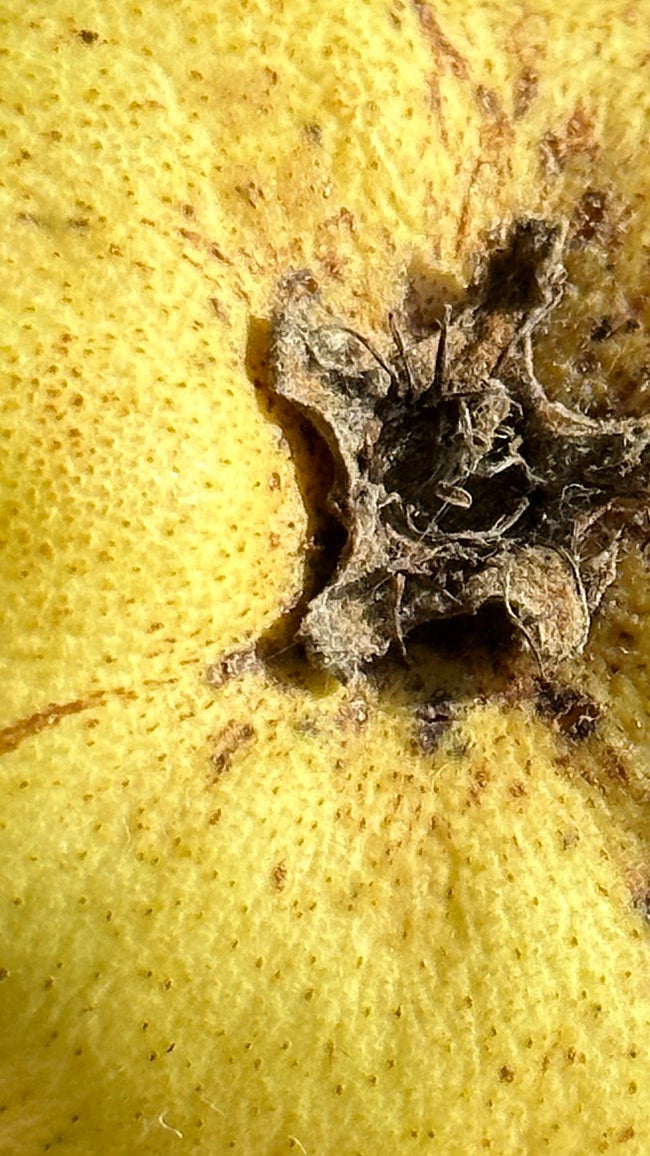2X zoom on iPhone 14 Pro explained

The iPhone 14 Pro introduces a new 2X zoom with "optical-grade" quality, but without an actual 2X zoom lens on the phone.
How is that possible? And does the quality of images with this new 2X mode really match up that of a dedicated 2X zoom lens?
We explain how 2X mode works on the iPhone 14 Pro, the technology behind it, and why other phone makers that have been using high resolution sensors way before Apple have not implemented a similar feature yet. Read on!
2X sensor crop vs 2X digital zoom
The secret of the new 2X "optical-quality" zoom tech on the iPhone 14 Pro lies in the large 48-megapixel camera sensor. Apple explains it in simple terms: for this to work, you just take the central 12-megapixel portion of that sensor. This way you don't have to stretch a 1X photo using digital zoom and instead you have a full resolution 12-megapixel image.
But many people might wonder: if this was so simple, isn't every smartphone with a 50-ish megapixel main camera supposed to do that when zooming? And why does this method is only used for 2X zoom and not other zoom levels as well? You could theoretically take a section of the sensor that corresponds to 1.1X, 1.2X, 1.3X and so on, and still have a "full resolution" image with a similar "optical-grade" quality zoom.
However, it turns out that this is not quite so simple and easy to do.
The way modern smartphone cameras with high resolution sensors work is that they use something called pixel binning at the firmware level. This is important because it means that the camera processing is always working with roughly 12MP worth of data. Even though you might have a 48MP or 50MP sensor, it essentially behaves as a 12MP sensor.
This is commonly referred to as a "quad Bayer sensor". In its press materials, Apple is also calling this a "quad-pixel sensor", which is essentially the same thing.
Apple:
"The quad-pixel sensor allows us to go beyond the three fixed lenses of the Pro camera system to create an additional 2x Telephoto.
The "pixel binning" process we just mentioned is essentially taking multiple pixels and combining them into one. In the case of 50MP sensors, we have 4 to 1 pixel binning, in the case of Samsung's 108MP sensor, we have 9 to 1 pixel binning, and in the case of the upcoming S23 Ultra with its 200MP camera we should have a 16 to 1 pixel binning, and while the numbers are different the idea is the same: use those extra pixels to de-noise the image and get a good-looking 12MP final shot.
So what Apple has done with its new 2X zoom technology is that it bypasses the whole pixel binning process and just uses a smaller section of the sensor, however, still with the native resolution. And then, it uses AI to de-noise that image. You usually get more detail, but at the cost of a slightly bit more noise. That tiny bit of added noise is barely noticeable during the day, so it's a worthy trade-off.
In the case of the iPhone 14 Pro, from 2.1X to 2.9X it will use a digital zoom on top of that 2X image, and then, it will switch to its native 3X lens.
Difference in colors
*Photos above are captured on iPhone 14 Pro Max. Image Credit - PhoneArena.
As you can see in the images above, there is a difference not only in detail, but also in the color reproduction when the switch to 2X happens. Usually, it's a subtle difference, but every once in a while it can be a very noticeable one like in the second set of photos with the greenery and the tree.
Difference in details
Let's peek closer and take a look at what is happening with the detail:
As you can see, there is a noticeable improvement in the detail the moment you switch to the 2X mode, which along with the slightly different colors, indicates that indeed the processing changes at the 2X zoom level.
Interestingly, we compared a crop from the same part of the same photo captured at 1X and 1.9X. You can see that the detail at 1.9X is also quite a bit better compared to the simple crop of the 1X photograph. This clearly indicates that even at 1.1X to 1.9X, Apple is not simply using digital zoom, but applying some additional processing to pictures.
However, the big change really happens at 2X when - as we explained above - Apple switches to using a crop from the sensor.
Here is the tricky part: every smartphone with a high resolution camera could theoretically do this 2X trick, but this means you have to build a whole new way of processing images at 2X and this exactly what seems to have been the stumbling block for other companies. Building this new image processing pipeline obviously requires some power too, so it makes sense that this feature is reserved for higher end phones.
How does it compare to a 2X lens?
And what about the focal length and compression?
But how does this new 2X mode compare to a dedicated 2X lens? After all, just a couple of years ago, we had many phones with a dedicated 2X lens, which was absolutely incredible for capturing portrait style photos. In comparison, a portrait photo with wide, 1X lens often results in distorted facial features, the nose looks way too big, the head is disproportionately large compared to the rest of the body, it's just not an appropriate focal length for most portraits.
Good news is that a 2X sensor crop results in absolutely the same focal length as a dedicated 2X lens.
What really matters in order to get that perspective without distortion (the "50mm look" in our case) is the distance from the subject. This means the perspective would be just the same if you use a 25mm wide lens and crop the middle pixels. The reason is because cropping the middle pixels doesn't change the distance from the subject (which creates that perspective).
What would look different, however, is the "bokeh" effect.
Conclusion
So this new 2X mode is definitely not a gimmick and it is indeed a real step forward for mobile photography. It is also something we are looking forward to other companies implementing as well.
Google already has done that on the Pixel 7 series, and now all eyes are on Samsung, Xiaomi and the rest to bring us this high quality zoom so we can all level up our smartphone photography game without adding too much bulk to our phones.


























Things that are NOT allowed: